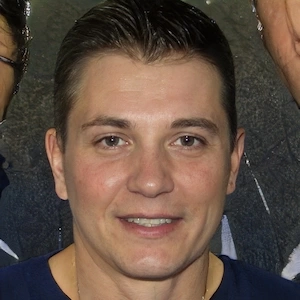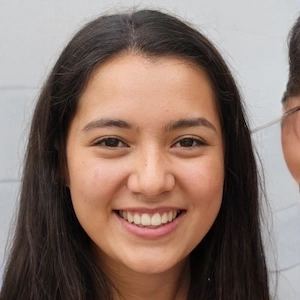The Gokyo Lakes Trek is an exhilarating 13-day trekking expedition to the six glacial-fed Gokyo Lakes. But the journey is more than just a visit to these beautiful lakes with pristine turquoise waters. It is an adventurous undertaking in the Khumbu-Everest region that enables access to the most majestic mountain peaks in the world, high passes, and glaciers.
You will trek to some of the most significant highlights in the Everest region. Most notably, you will trek to Gokyo Ri, a prominent peak that’s at the same altitude as Everest Base Camp. The undisturbed views of 8,000 meters plus mountains like Mt. Lhotse, Makalu, and Cho Oyu are a sight to behold.
But before all this, you will tread rhythmically along the Dudh Koshi River, through the homelands of the Sherpa people. These meditative villages are much sought-after respites after a challenging day-long trek. But more than that, these villages allow you to truly understand the lifestyle and culture of the brave Sherpas.
Moreover, you will also get a chance to behold the Ngozumpa Glacier on the Gokyo Lake Trek, the largest of its kind in the Himalayas.
The trip starts from Kathmandu and the actual trek starts from Lukla after a scenic mountain flight. This way, you’ll get a variety of views till the final destination. You will trek to Phakding on the same day and proceed to Namche Bazaar after your first night in the Himalayas.
After reaching Namche and acclimatizing for an additional day, you will commence your trek through green forests to Dole. The trek continues to Machhermo and then to Gokyo in the subsequent days.
On day 8, you will finally behold the regal view from Gokyo Ri and visit the Gokyo Lakes. Traversing through the Renjo La Pass on Day 9 concludes the primary highlights of the trek and you begin your descent in the days after. All in all, the Gokyo Lake Trek, or the Gokyo Ri Trek is a transformative 13-day journey with a total of 9 trekking days.
Gokyo Ri and Renjo la pass Trek highlights
- Visit the 6 Gokyo Lakes, the highest freshwater lake system in the world
- Trek inside the Sagarmatha National Park, the habitat of exotic animals like Musk deer, Himalayan giant Thar, and Snow Leopard
- Enjoy the panoramic view of mountains like Tawache, Everest, Lhotse, Nuptse, Ama Dablam, Cho Oyu, and Thamserku
- Ascend the Gokyo Ri for spectacular sunrise views
- Explore the unique and vibrant Sherpa tradition, culture, and lifestyle
13 Days Gokyo Lake, Gokyo Ri, and Renjo la Pass Trek Group Price Variation
The Gokyo Lake Trek cost starts from USD 1200 per trekker and can get to USD 1400 depending on the group size.
Group Size | Cost Per Trekker | Inquire |
|---|---|---|
1 pax | USD 1400 | |
2-3 pax | USD 1350 | |
4-5 pax | USD 1300 | |
6-10 pax | USD 1250 | |
More than 10 pax | USD 1200 | Send Inquiry |
This cost includes the most essential services like food, accommodation, transportation, guides and porters, permits, etc. Meanwhile, personal and additional expenses like travel insurance, hot shower, WiFi and electricity fees, and other amenities are not included.







